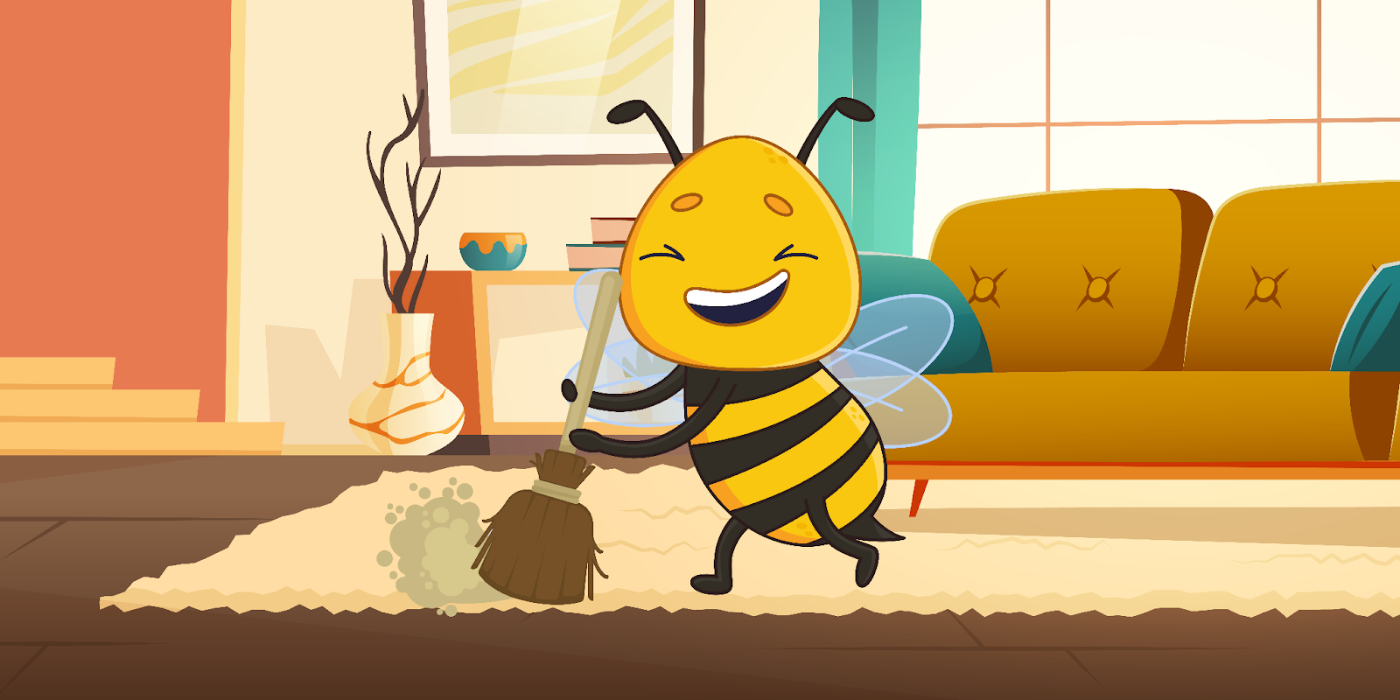
Spring Cleaning for Bee Hives
As the flowers bloom and the temperatures rise, spring brings new life to beekeeping enthusiasts. Spring cleaning isn't just for our homes; it's also a crucial task for beekeepers to ensure the health and productivity of their hives. By implementing proper spring cleaning practices, you can set your buzzing colonies on the path to a successful and bountiful season. In this blog post, we'll explore the essential steps involved in spring cleaning for bee hives.
Hive Inspection
Begin your spring cleaning routine by inspecting each hive. This step allows you to assess the overall health of the colony, check for signs of disease or pests, and evaluate the strength of the hive. Look for any dead bees, moldy frames, or unusual behavior within the hive. If you notice any red flags, consult a local beekeeping expert for guidance on treatment.
Clean and Replace Equipment
To maintain a hygienic environment for your bees, it's essential to clean and replace certain equipment. Start by scraping off propolis and excess beeswax from the frames and hive bodies. This process ensures that the bees have sufficient space for new comb construction. Inspect and clean any unused equipment to prevent the accumulation of debris or pests.
Consider replacing old or damaged frames and foundations. This step helps maintain proper bee space and prevents the spread of diseases. Additionally, replace worn-out hive boxes to ensure structural integrity and avoid potential collapse during the busy season.
Remove Winter Hive Wraps
During winter, many beekeepers wrap their hives with insulating material to protect the colonies from extreme cold. As spring arrives, it's crucial to remove these winter wraps. Leaving them on for too long can cause moisture buildup, which increases the risk of mold and disease. Ensure that the hive has proper ventilation and sunlight exposure by removing any excess insulation.
Clean Bottom Boards and Entrance
The bottom board and entrance of the hive can accumulate debris, dead bees, and pests over the winter months. Use a hive tool to scrape off any buildup and ensure unobstructed airflow. This cleaning step promotes a healthier environment for the bees and reduces the risk of pests such as mites or beetles.
Disease and Pest Management
Spring cleaning provides an opportunity to implement disease and pest management strategies. Consider treating your hives for common issues like Varroa mites, American foulbrood, or chalkbrood. Consult your local beekeeping association or an experienced beekeeper for the best methods and treatments suitable for your region.
Provide Adequate Food
Spring marks the beginning of a busy foraging season for bees. Ensure that your colonies have an ample supply of food to support their growth and productivity. Check the honey stores within the hive and supplement if necessary. If the hive's food reserves are low, consider providing sugar syrup or pollen substitute to prevent starvation.
Requeen or Split Colonies
Spring cleaning is an ideal time to assess the performance of your queen bee. If you notice signs of a weak or failing queen, consider requeening the colony. Alternatively, you may choose to split a strong and healthy colony into two, thereby expanding your apiary. Both practices require careful planning and knowledge, so seek advice from experienced beekeepers or attend local workshops.
Spring cleaning for bee hives is an essential task that sets the stage for a successful beekeeping season. By inspecting hives, cleaning and replacing equipment, managing diseases and pests, and providing adequate food, you can ensure the health and productivity of your buzzing colonies.



Leave a comment